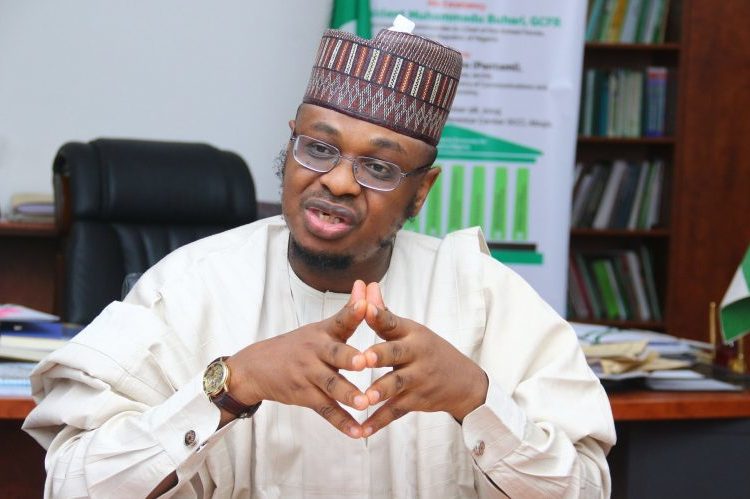Nigeria’s minister of Communications and Digital Economy, Professor Isa Pantami, has disclosed that Nigeria is finalising its proposed National Dig Once Policy, hinting that, there is a plan to unveil the policy before the end of 2022.
The Dig Once Policy seeks to promote installation of ready-made buried fibre conduit for seamless fibre deployment in the country. Some of the objectives of the policy are: provisioning of shared infrastructure for existing internet service providers and entrants; promotion of installation of ready-made buried fibre conduit for broadband deployment; and reduction of the barriers to entry for Internet Service Providers.
Pantami, at the just concluded fourth edition of Policy Implementation Assisted Forum (PIAFo) on Dig Once Policy and Fibre Strategy in Nigeria with the theme: ‘Laying the Foundation for Ubiquitous Broadband for Nigeria’s Economic Breakthrough,’ stated that, the policy will facilitate seamless deployment of fibre optic as a backbone broadband infrastructure across the country to bridge digital divide and boost digital economy.
The minister, who was represented by the secretary of Broadband Implementation Steering Committee (BISC) and Head, Wireless Network at the Nigerian Communications Commission (NCC), Engineer Usman Aliyu, at the event organised by Business Metrics Nigeria, said the policy is recognised in the Nigeria Broadband Plan 2020 to 2025 as a critical element to attain 70 per cent broadband penetration by 2025.
Pantami added that, once the policy becomes operational in Nigeria, there would be lower cost of repair and maintenance of installed fiber infrastructure and lower cost of broadband internet service deployment.
While delivering a paper on ‘Fibre Infrastructure Rollout Ecosystem Development to Reach 60 per cent Fibre to Site at 120,000km by 2025,’ ICT director at Huawei Technologies, Ashwani Mishra, recommended ways Nigeria can achieve fibre infrastructure targets by 2025 as stipulated in the NBP 2020-2025.
To him, the Dig Once Implementation Council (DOIC), as Special Purpose Vehicle, should clarify the fibre strategy, boundary and scope of work of each stakeholders and publish quarterly progress reports.
He also encouraged Nigeria to put in place a mechanism to clarify the cooperation between the DOIC and Nigeria Governors Forum (NGF) to help drive the policy adoption to state level and as such, redefine the issue of Right of Way (RoW).
Earlier in his remarks, convener and Lead executive of PIAFo, Omobayo Azeez, emphasised that, fibre is critical to achieving the 70 per cent broadband penetration Nigeria
while suggesting the need for all stakeholders, especially state and local governments, to embrace and domesticate the policy in their respective states.
He said: “according to the National Broadband Plan, we are targeting a network of 90,000km and 120,000km of non-overlapping fibre infrastructure by 2023 and 2025 respectively from just 40,000km in 2020. As of the end of 2021, data by the Nigerian Communications Commission (NCC) indicated that total fibre Optics so far deployed in Nigeria stood at 74,947km, including 47,128.7km on-land and 27,818.3km submarine.”
We’ve got the edge. Get real-time reports, breaking scoops, and exclusive angles delivered straight to your phone. Don’t settle for stale news. Join LEADERSHIP NEWS on WhatsApp for 24/7 updates →
Join Our WhatsApp Channel









